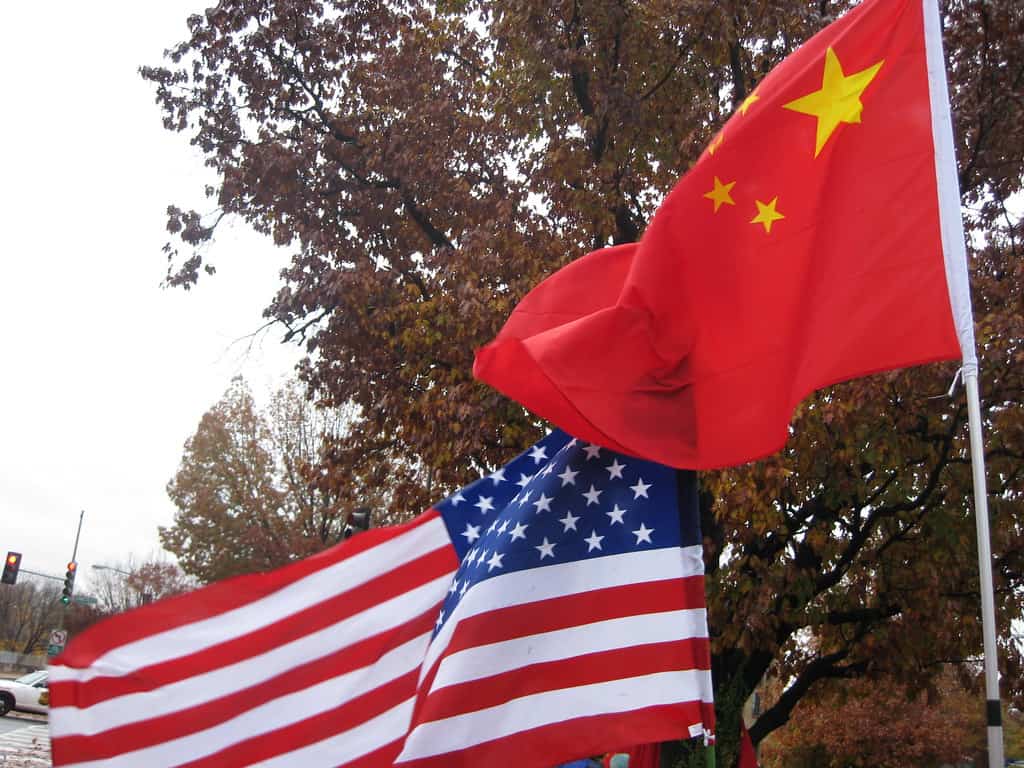Research from Tianfeng Securities expect the Biden administration’s raft of restrictions upon the Chinese tech sector to have only a limited impact on its long-term prospects, due to increasing levels of investment from other Western economies in China.
The US government has recently launched a range of restrictions on Chinese tech companies, as relations between Beijing and Washington continue to deteriorate. These include restrictions on the sale of chipmaking gear to Chinese firms, restrictions on Huawei’s access to US technologies, and bi-partisan efforts to limit the stateside operations of social media giant Tik Tok.
Given that the measures could mark just the start of further restrictions by the US against China, concerns have become heightened in China over the impact of such policies upon the country’s A-share tech companies, and in particular curbs on American investment.
Zhao Xiaoguang (天风证券), Vice President and Director of the Tianfeng Securities Research Institute, argues that such measures can only have a limited impact upon the Chinese tech sector, given the increasing independence of its supply chains and the strengthening of its trade and investment relations with other advanced economies.
Zhao points out that the restrictions introduced by the Biden Administration do not thus far target Chinese tech sectors that have been the recipients of extensive US investment.
“US restrictions on China have long been in existence, and that China’s tech sector has managed to continue to grow and develop under these constraints,” Zhao said in an interview with Cailian She.
“China’s artificial intelligence and microchip sectors will continue to develop in independence, openness, and cooperation…US technology institutions have invested relatively little in China’s artificial intelligence and chip industries, and there are few A-share listed companies that will be affected by such measures.
Zhao also highlighted increasing levels of investment from other OECD nations, which can pick up the slack of stateside restrictions on Sino-US economic engagement.
“Openness and development are the trend of the world,” Zhao said. “Recently, many countries and heads of government have visited China, hoping to engage in greater cooperation and development.”
According to Zhao, investment in China by other major OECD economies has increased significantly amidst the Sino-US trade stoush.
French and German investment in China increased by 635.5% and 60.8% in year-on-year (YoY) terms respectively in the first quarter of 2023. In addition, investment in China by the UK, Canada, Japan, Switzerland, and South Korea increased by 680.3%, 179.7%, 47.7%, 47.4%, and 36.5% respectively, while investment by countries that are part of the Belt and Road initiative rose by 27.8%.
“It can be seen that China has already become the main force amongst emerging economies in absorbing global investment, and the ‘restriction order’ cannot conceal this objective fact,” Zhao said. “Multiple data points already prove this reality.”
The rise in investment from Western economies aside from the US enabled foreign investment into China to maintain steady growth in the first quarter. Actually used foreign funds reached 408.45 billion yuan during the period, for a YoY increase of 4.9%, while actually used foreign funds for large projects worth over USD$100 million reached 223.28 billion yuan, for a YoY increase of 10.4%.
The number of newly-established foreign-invested enterprises exceeded 10,000 in the first quarter, for a YoY surge of 25.5%




